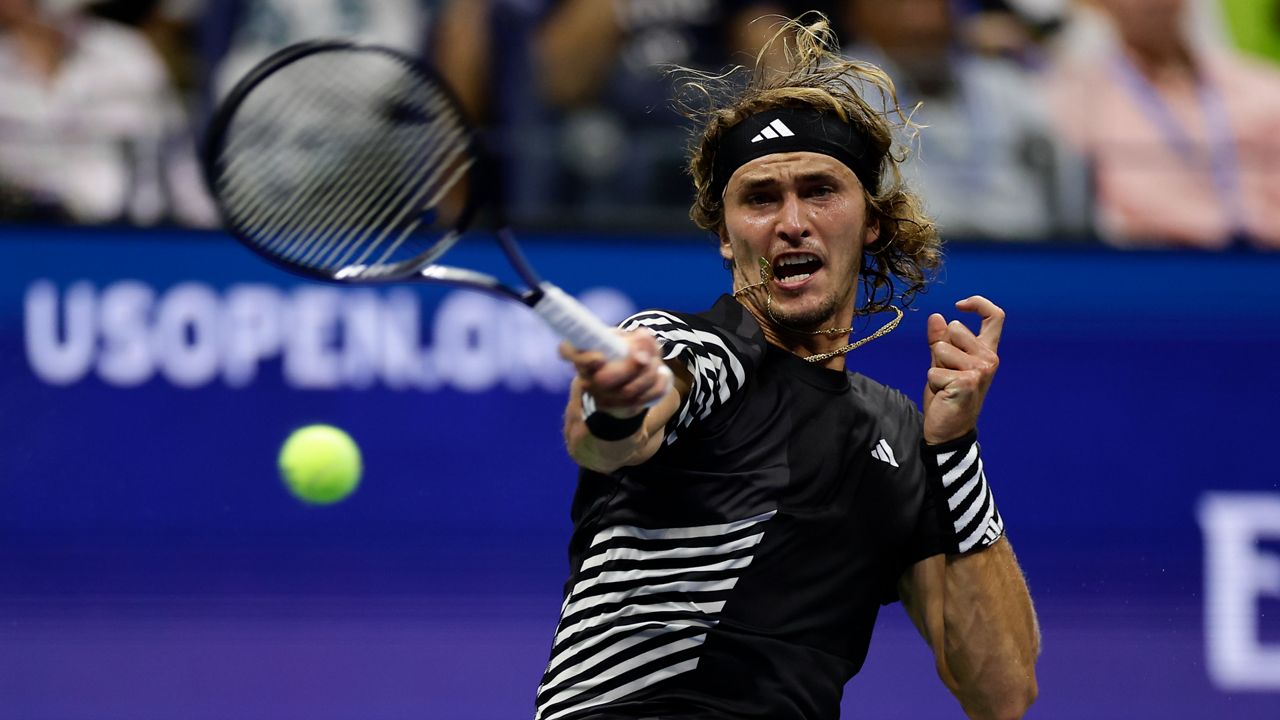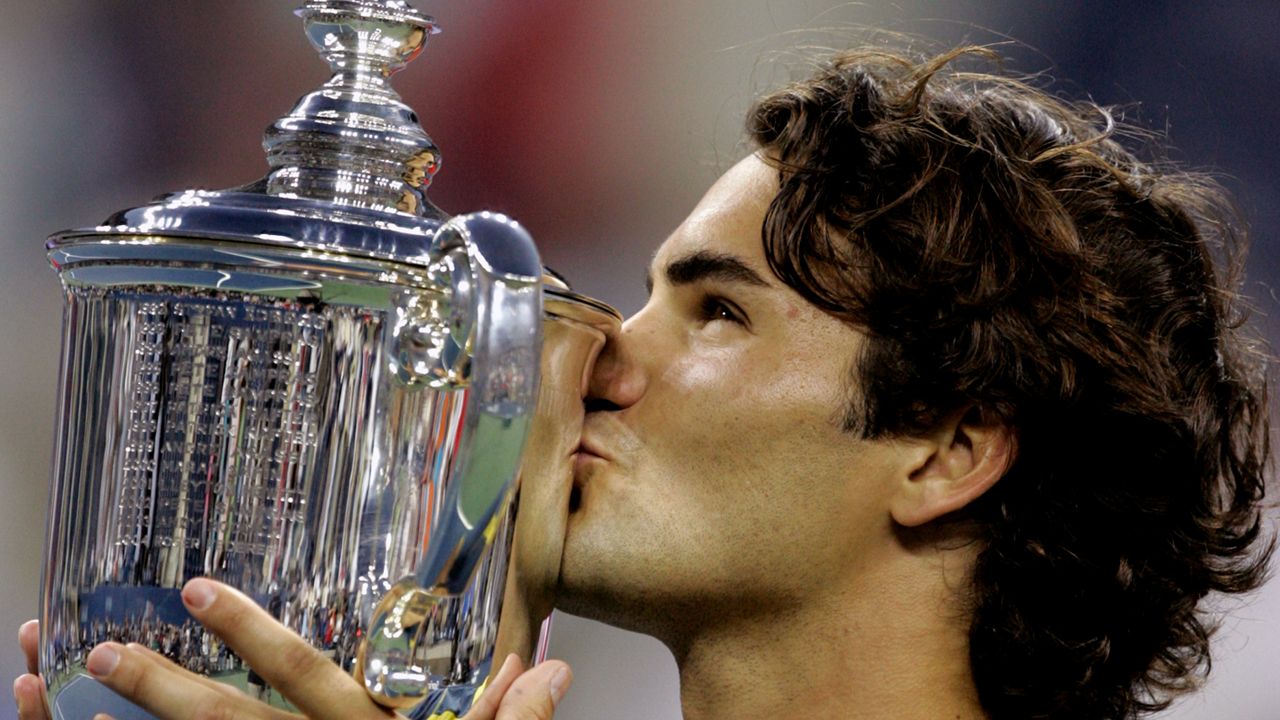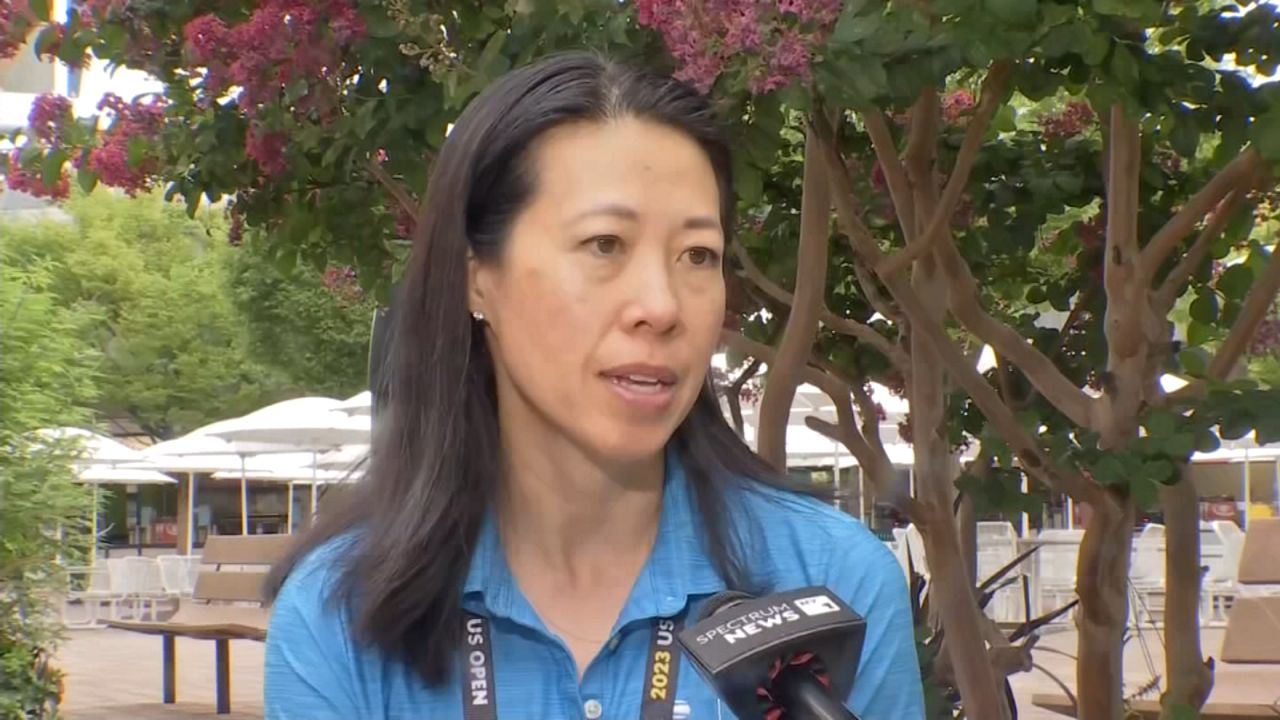As fans gather to see the best of the best in tennis face off in the U.S. Open this year, they’ll likely notice the artwork of Billie Jean King seen around Flushing Meadows, which celebrates an important milestone.
It commemorates “Billie’s leadership and 50 years of equal prize money” said Stacy Allaster, chief executive of the United States Tennis Association, the national governing body for professional tennis.
What You Need To Know
- The U.S. Open is marking the 50th anniversary of the organization’s decision to offer equal prize money to men and women, the first of the Grand Slam tournaments to do so
- The artwork of Billie Jean King seen around Flushing Meadows Park honors the tennis legend's role in pressing tennis officials to pay men and women equal prize money
- But, many acknowledge there’s still work to do to reach full parity in tennis. In non-Grand Slam events and tournaments like the Italian Open, men continue to be paid more than women.
This year’s U.S. Open tournament will mark the 50th anniversary of the organization’s decision to offer equal prize money to men and women, the first of the Grand Slam tournaments to do so.
“I’ve been meeting with players. We have this special gift for all American players to celebrate the 50th, so that they understand the history," Allaster said.
In 1972, King won the women’s title in the U.S. Open and earned $10,000 for her efforts, while the men’s champion was awarded $25,000. She told tournament officials that neither she nor any other female pro would return the next year unless they were paid the same prize money as men.
The tactic worked. In 1973, the U.S. Open offered equal prize money to men and women. That same year, King also co-founded the Women’s Tennis Association and defeated Bobby Riggs in the Battle of the Sexes. King reflected back while attending the WTA’s 50th anniversary gala, saying she couldn’t have done it alone.
“[It was an] amazing year” King said. "A lot of pressure, but I love pressure. Actually, I got all hyped up because of it…. We all hung in there together, we stuck together, unified.”
Those actions struck a lasting blow in the fight for equality in tennis that still rages today.
“It took 34 years after 1973 for us to get equal prize money at Wimbledon and Roland Garros” Allaster said.
This year’s prize is $3 million. Pro players like Danielle Collins say all athletes owe King a debt of gratitude for paving the way for younger generations.
“What she’s done for women’s tennis and our sport as a whole is remarkable. We wouldn’t be where we are without her” Collins said.
But many acknowledge that there’s still work to do to reach full parity in tennis. In non-Grand Slam events and tournaments like the Italian Open, men continue to be paid more than women.
“The WTA has done a remarkable job over the years, elevating their sponsorship deals to get more prize money for their players, so that when we are playing events alongside then men, not just at the Grand Slam but the other joint events, that they too can get to the equal pay level,” said Katrina Adams, former USTA president and chief executive officer.
Allaster says that work is slowly paying off and continuing to push companies and media organizations to devote the same resources to air and invest in women’s sports. Sports fans are also asked to help in the effort.
“Consumers need to demand it, and I think we are seeing with the millennials, with the Gen Z’s, they are more motivated around societal issues and demanding more of the products that they’re purchasing, that it shouldn’t be right that brands are spending 95% on men’s sport and 5% on women’s sport” Allaster said.




)


